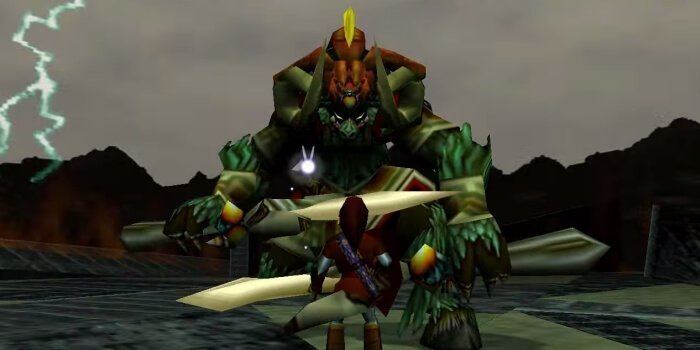 | ||
Similar Mario, Bowser, Link, Luigi, Big Boss | ||
In video gaming, a boss is a significant computer-controlled enemy. A fight with a boss character is commonly referred to as a boss battle or boss fight. Boss battles are generally seen at the climax of a particular section of the game, usually at the end of a stage or level, or guarding a specific objective, and the boss enemy is generally far stronger than the opponents the player has faced up to that point. A boss enemy is quite often larger in size than other enemies and the player character. Most commonly, bosses are very hard or impossible to defeat without knowing the correct fighting approach. Bosses take strategy and special knowledge to defeat, such as how to attack weak points or avoiding specific attacks.
Contents
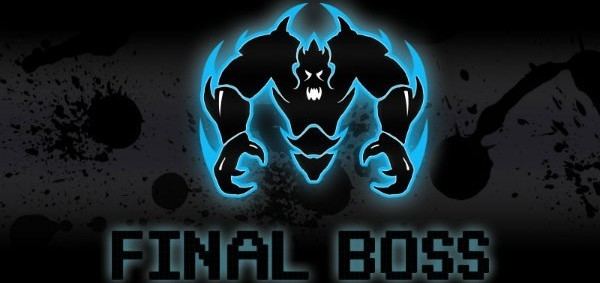
History
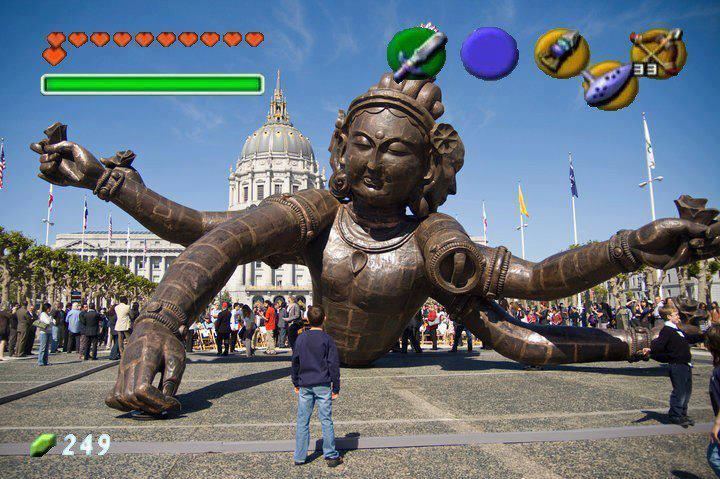
The first interactive game to feature a boss was dnd, a 1975 role-playing video game for the PLATO system. One of the earliest dungeon crawls, dnd implemented many of the core concepts behind Dungeons & Dragons. The objective of the game is to retrieve an "Orb" from the bottommost dungeon. The orb is kept in a treasure room guarded by a high-level enemy named the Gold Dragon. Only by defeating the Dragon can the player claim the orb, complete the game, and be eligible to appear on the high score list.
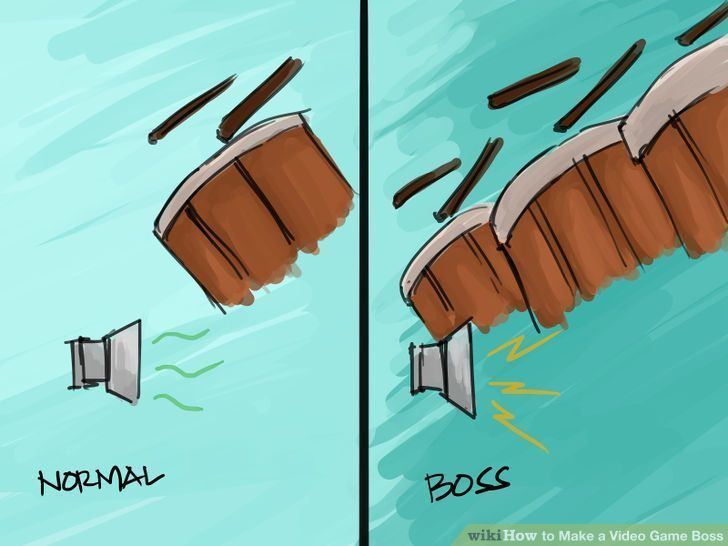
A 1980 example is the fixed shooter Phoenix, where the player ship must fight a giant mothership in the fifth and final level.
Characteristics

Bosses are usually more difficult than regular enemies, can sustain a lot more damage, and are usually found at the end of a level or area. While most games include a mixture of boss opponents and regular opponents, some games have only regular opponents and some games have only bosses (e.g. Shadow of the Colossus).
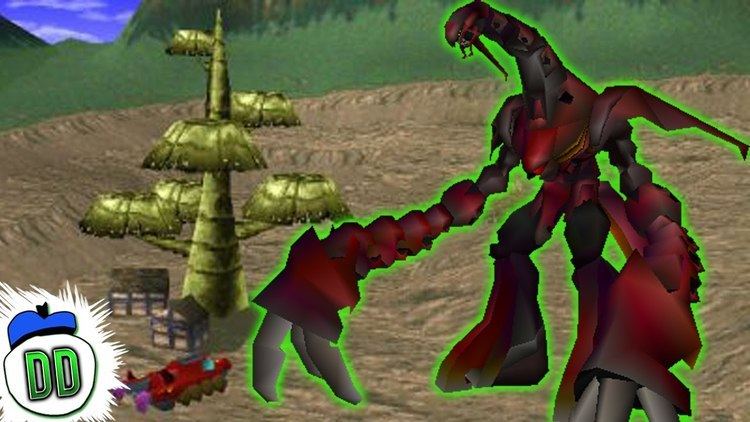
Some bosses require the player to defeat them in a certain way that may be unusual to normal attacks, such as using a certain weapon, or hitting the boss in a certain area. Story-centered bosses sometimes require certain prerequisites to be performed during the fight for the player to succeed, such as that a partner must stay alive during the battle or sequence.
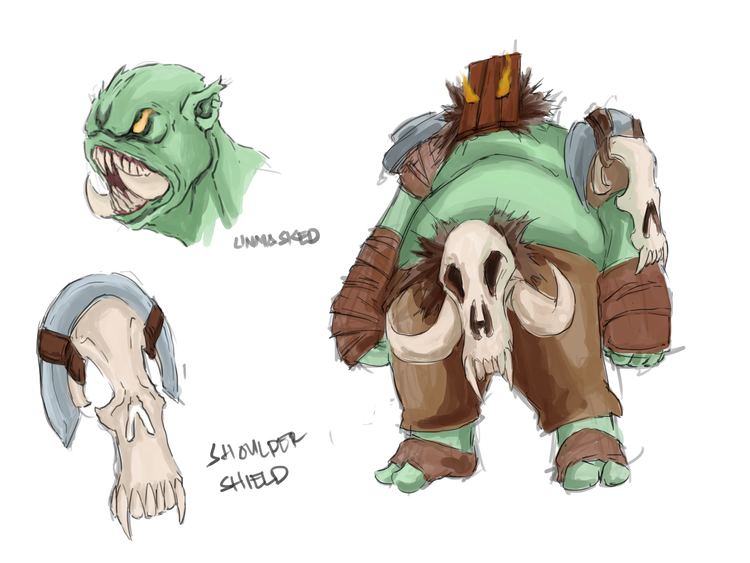
Some bosses are encountered several times through a single game, typically with alternate attacks and a different strategy required to defeat it each time. In games such as Doom and Castlevania: Order of Ecclesia, an enemy may be introduced via a boss battle, but later appear as a regular enemy, after the player has had a chance to find more powerful weaponry or a weakness it may have.
Boss battles are typically seen as dramatic events. As such, they are usually characterized with unique music and cutscenes before and after the boss battle. Recurring bosses and final bosses may have their own specific theme music to distinguish them from other boss battles.
Miniboss
A miniboss, also known as a middle boss, mid-boss, half-boss, sub-boss, or semi-boss, is a boss weaker than the main boss in the area or level. Some minibosses are simply stronger versions of regular enemies, like in the Kirby games. Some well known video game characters who usually take the role of a miniboss are Dark Link (The Legend of Zelda series), Vile (Mega Man X series), and Allen O'Neil (Metal Slug).
Superboss
A superboss is a type of boss most commonly found in role-playing video games. They are considered optional enemies, though optional bosses are not all superbosses, and do not have to be defeated to complete the game. They are generally much more powerful than the bosses encountered as part of the main game's plot or quest, more difficult even than the final boss, and often the player is required to complete a sidequest or the entire game to fight the superboss. For example, in Final Fantasy VII, the player may choose to seek out and fight the Ruby and Emerald Weapons. Some superbosses will take the place of the final boss if certain requirements are met. This is common in fighting games, including Reptile in Mortal Kombat, and Akuma in Super Street Fighter II Turbo. Some superbosses can also yield special items or skills that cannot be found any other way that can give a player a significant advantage during playthrough of the rest of the game, such as added experience or an extremely powerful weapon. For example, the "raid bosses" from Borderlands 2 give rare loot unavailable anywhere else. Some superbosses in online games have an immense amount of health and must be defeated within a time limit by having a large number of players or parties take turns attacking the boss, where each turn ends when a player or party is defeated and any damage to the boss persists between turns. Examples of such superbosses can be found in games like Shadow Fight 2 and Star Wars: Galaxy of Heroes.
Final boss
The final boss is a boss that is at, or near, the end of the game, with completion of the game's storyline usually following victory in the battle. Usually, they are the main antagonist of the game, however, there are exceptions, such as in Conker's Bad Fur Day, where the final boss is the antagonist's alien pet, and Lego City Undercover where the final boss is Rex Fury.
Final bosses are generally larger, more detailed, and better animated than lesser enemies, often in order to inspire a feeling of grandeur and special significance from the encounter.
In some games, a hidden boss, referred to as the "true" final boss, is present. These bosses only appear after the completion of specific additional levels, or after obtaining a particular item or set of items. These bosses are generally more difficult to defeat. In games with a "true" final boss, victory leads to either a better ending, or a more detailed version of the regular ending. One example of a "true final boss" is Indalecio in Star Ocean: The Second Story, who can be made much more challenging by completing a particular sidequest.
